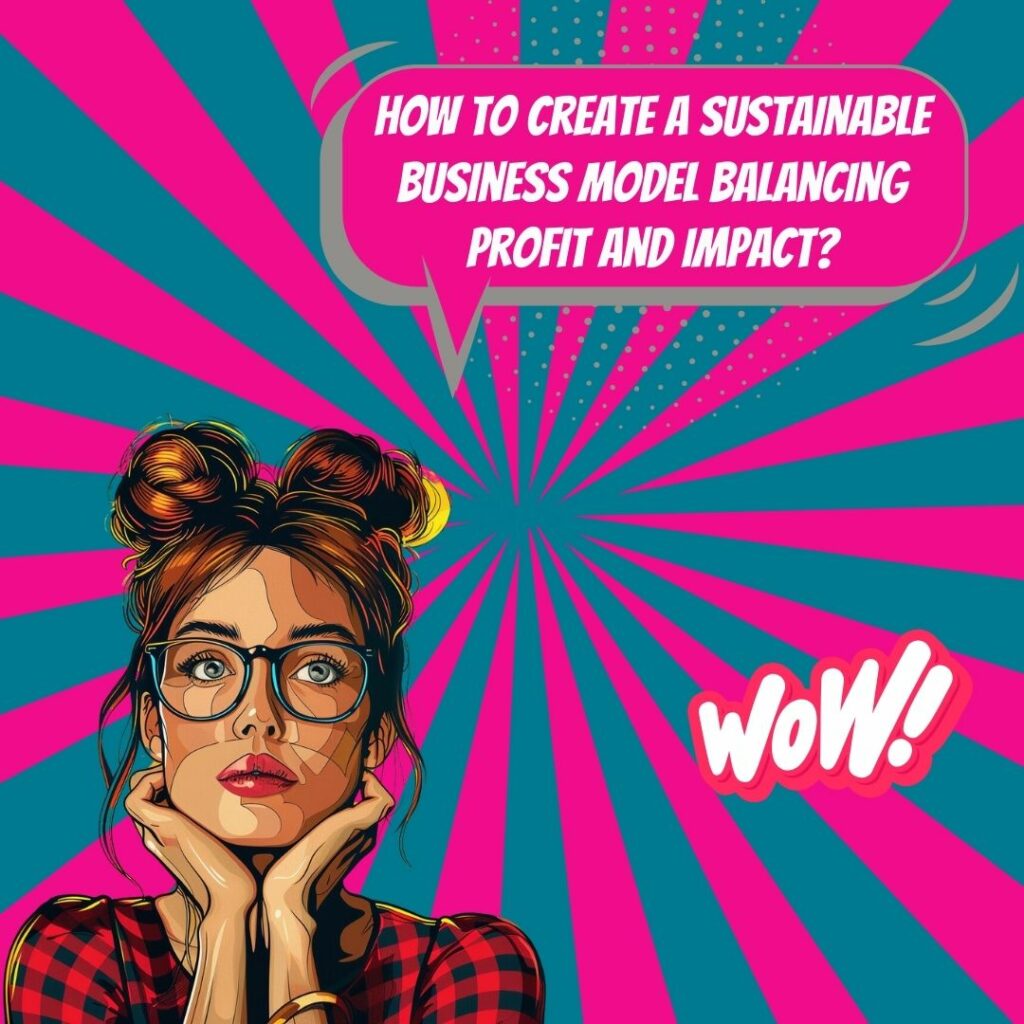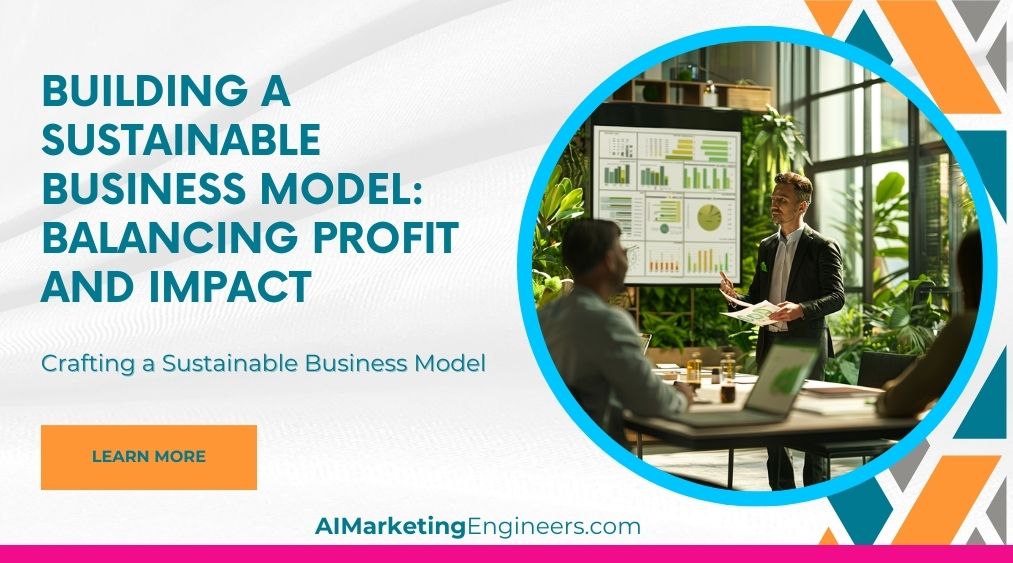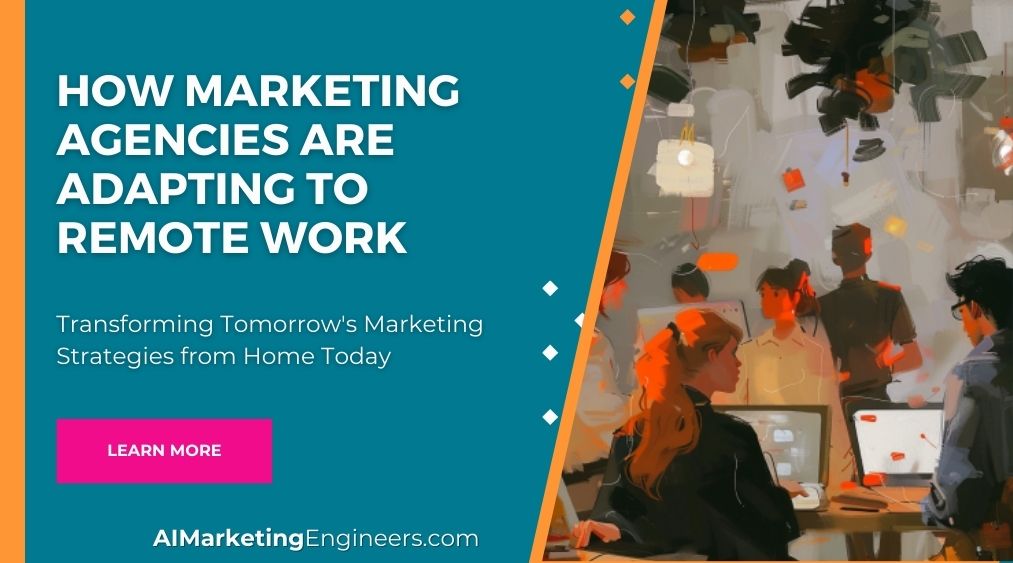Key Takeaways
✅ Integrating Sustainability into Core Strategies: Businesses must embed sustainability into their core operations by attracting eco-conscious talent, cutting operational costs through green practices, and leveraging finance options tailored to green initiatives.
✅ Implementing the Triple Bottom Line Framework: The Triple Bottom Line (TBL) focuses on not just profit but also people and the planet. This holistic approach boosts brand reputation and encourages eco-friendly innovations.
✅ Overcoming Challenges and Measuring Success: Strong leadership, standardized metrics, and genuine transparency are key to navigating the complexities of sustainable practices while maintaining stakeholder trust.

Introduction
Why should building a sustainable business model matter to you? As our world grapples with environmental crises and social inequalities, the pressing need for businesses to balance profit and impact has never been more evident. Companies that embrace sustainability not only enjoy enhanced reputations but also unlock new financial opportunities and innovatively reduce costs. This article lays out the blueprint for any business striving to become a force for good. Can implementing eco-friendly practices really drive profit? Discover how modern enterprises are breaking the mold, seamlessly integrating sustainability into their core strategies, and achieving remarkable results. Stay tuned for actionable insights that could redefine your business success.
Top Statistics
| Top Statistics | Insight |
|---|---|
| 98% of companies on the S&P 500 index published a sustainability report in 2022, compared to 96% in 2021. | This increase underscores the growing recognition among top firms of the importance of sustainability transparency. |
| More than half of leaders acknowledged that employee activism encouraged increased investments in sustainability. | Employee voices are crucial, highlighting how internal pressure can drive corporate change towards sustainable practices. |
| 84% of CxOs agreed it is possible to achieve global economic growth while reaching sustainability goals. | This consensus fosters hope that balancing profit and sustainable impacts isn't just a dream but a feasible reality. |
| 69% of employed adults expressed a desire for their companies to invest in sustainability efforts. | The demand for corporate responsibility from the workforce is strong, pushing companies to rethink their strategies. |
| 77% of companies say their sustainability initiatives increase customer loyalty. | Investing in sustainability not only benefits the planet but also bolsters customer retention and brand loyalty. |
Understanding Business Sustainability
Sustainability in business refers to operating in ways that ensure long-term success without harming the environment or society. Businesses that prioritize sustainability are better positioned for long-term success, resilient against market changes, and capable of fostering loyalty among employees and customers. The key elements of a sustainable business model include environmental responsibility, social equity, financial viability, transparency, and accountability. Integrating sustainability into core business strategies enhances overall performance and market reputation. Embracing sustainability can also drive innovation, uncovering new opportunities for growth and differentiation.
Core Principles of Sustainable Business Models
A sustainable business thrives on several core principles. Diversity encompasses varied resources, people, and investments, ensuring resilience. Modularity separates functions to reduce dependency, making the business more adaptable. Openness requires constant observation of external changes and proactive adaptation. Maintaining slack resources allows room for innovation and flexibility, while matching cycles aligns business activities with natural and economic rhythms, ensuring sustainable operations. Incorporating these principles creates a robust framework that supports long-term sustainability. Businesses should continuously evaluate and refine their practices to stay aligned with these principles.
Embracing Environmental Responsibility
To minimize waste and reduce the carbon footprint, businesses should aim for resource conservation and adopt circular economy principles. The circular economy focuses on reducing waste by reusing and recycling products. Companies should also ensure responsible practices throughout the supply chain by monitoring suppliers and minimizing the environmental impact at each stage. Implementing green technologies can further enhance environmental responsibility. Regular environmental audits help in identifying areas for improvement and ensuring compliance with sustainability goals.
Promoting Social Equity and Engagement
Upholding human rights and fair labor practices is non-negotiable for sustainable businesses. By supporting community development and fostering diversity, companies can create a positive social impact. Engaging stakeholders through open dialogue and collaboration fosters trust and ensures that a business's operations align with societal expectations and needs. Creating inclusive workplaces enhances employee satisfaction and productivity. Developing community programs can strengthen local relationships and build a loyal customer base.
Ensuring Financial Sustainability
Achieving financial profitability while pursuing social and environmental goals is crucial. Businesses must recognize that economic success is fundamental for sustaining their initiatives. Striking a balance between profit-making and social impact ensures a business can continue its sustainability efforts long-term without financial strain. Investing in sustainable practices can lead to cost savings and increased efficiency over time. Diversifying revenue streams can also provide financial stability and support ongoing sustainability projects.
Prioritizing Transparency and Accountability
Operating transparently and regularly reporting on sustainability efforts enhances credibility and trust. Companies must ensure accountability for both their successes and challenges in sustainability, offering clear and honest reporting to all stakeholders. Transparent communication helps in building trust with customers, investors, and the community. Regular updates on sustainability goals and progress demonstrate a company's commitment to responsible practices.
Adopting Innovative Sustainable Strategies
Adopting circular economy and product-as-a-service models can significantly reduce waste and promote reuse. Utilizing a sharing economy and local loop strategies bolsters community-oriented growth. Social entrepreneurship encourages developing businesses that inherently aim to solve social issues. Transparency and traceability in supply chains ensure all practices align with sustainability goals, providing consumers with confidence in the company’s operations. Innovative approaches can set businesses apart from competitors and drive sustainable growth. Collaboration with other businesses and stakeholders can amplify the impact of these strategies.
Balancing Profit and Positive Impact
The balancing act between financial success with social and environmental responsibilities is essential. Businesses adopting sustainable practices not only contribute to a better world but also enjoy long-term benefits such as resilience, customer loyalty, and improved brand image. Start today by integrating sustainable practices into your business operations for a brighter and more profitable future. Sustainable businesses can attract more customers who value ethical practices. Investing in sustainability can also enhance a company's reputation and market position.
AI Marketing Engineers Recommendation
Recommendation 1: Integrate Sustainability Metrics into Business KPIs: To ensure your commitment to sustainability is not just a facade, embed sustainability metrics within your key performance indicators (KPIs). According to a 2022 McKinsey report, businesses that align their goals with sustainability see a 10-15% boost in customer acquisition. Track metrics such as carbon footprint, waste reduction, and resource efficiency. This approach not only helps in maintaining transparency but also builds consumer trust and loyalty.
Recommendation 2: Employ Circular Economy Principles for Long-Term Gains: Embrace the principles of a circular economy to minimize waste and make the most of available resources. This involves rethinking product design, supply chain, and end-of-life product management. The Ellen MacArthur Foundation states that transitioning to a circular economy could generate $4.5 trillion in economic benefits by 2030. This forward-thinking strategy not only enhances profitability but also significantly reduces environmental impact.
Recommendation 3: Leverage Technology and Data Analytics to Drive Sustainability Initiatives: Harness the power of technology and data analytics to optimize your sustainability efforts. Tools like predictive analytics and AI can help forecast environmental impacts and streamline operations. For instance, a 2023 study from the World Economic Forum reveals that companies using AI for environmental sustainability saw a 20% reduction in their carbon footprint. Invest in smart technologies that provide real-time insights and actionable data for continuous improvement.
Relevant Links
- Innovative Strategies to Boost Your Campaign Performance
- Proven Tactics for Effective Cost and Resource Management
- Mastering the Art of Customer Engagement
- Enhancing Financial Viability through Revenue Tracking
Conclusion
In an era where the stakes of environmental degradation and social inequality are higher than ever, building a sustainable business model that balances profit and impact is not just a noble goal but a necessity for long-term success. By understanding the key principles, including diversity, openness, and matching cycles, businesses can create resilient and adaptable operations. Incorporating environmental responsibility and social equity into the core of business practices can significantly minimize waste, foster community development, and ensure fair labor practices.
Maintaining cost-effectiveness and financial sustainability while pursuing broader social and environmental goals demonstrates that profitability and responsibility are not mutually exclusive. Transparency and accountability further cement trust and long-term engagement with stakeholders. The innovative strategies such as circular economy models and social entrepreneurship offer pragmatic avenues for businesses eager to lead the charge in this landscape.
Ultimately, the long-term benefits of adopting a sustainable business model are clear: not only can companies drive economic success, but they can also position themselves as stewards of positive change. Now is the time to start implementing sustainable practices in your operations. The future favors those who act not just for profit, but for the planet and its people.
FAQs
Question 1: What is a sustainable business model?
Answer: A sustainable business model is commercially profitable while being socially responsible and environmentally conscious. It ensures long-term success without compromising the planet or future generations.
Question 2: Why is sustainability important for businesses?
Answer: Sustainability is crucial as it helps businesses maintain profitability while addressing environmental and social concerns. This approach enhances brand reputation, attracts customers who value eco-friendliness, and ensures long-term viability.
Question 3: What are the key elements of a sustainable business model?
Answer: The key elements include being commercially profitable, socially responsible, and environmentally conscious. This involves considering stakeholders, assessing environmental impacts, and transparent reporting.
Question 4: How do I measure the success of my sustainability initiatives?
Answer: Measure success by tracking key performance indicators (KPIs) such as energy consumption, water usage, and waste reduction. Regularly report progress and adjust strategies accordingly.
Question 5: How do I compare my sustainability performance to my competitors?
Answer: Research similar companies in your industry and geographic area to compare sustainability initiatives and performance. This helps identify areas for improvement and benchmarks for success.
Question 6: What are the benefits of prioritizing sustainability in my business?
Answer: Prioritizing sustainability enhances brand reputation, attracts eco-conscious customers, and ensures long-term viability. It also helps businesses stay ahead of changing regulations and customer expectations.
Question 7: How do I engage my customers in sustainability discussions?
Answer: Engage customers through open communication, surveys, and feedback mechanisms. This helps understand their values and expectations, fostering brand loyalty and trust.
Question 8: How do I incentivize employees to contribute to sustainability goals?
Answer: Incentivize employees by setting clear sustainability goals, providing training and resources, and recognizing their contributions to sustainability initiatives.
Question 9: How do I balance profitability with sustainability?
Answer: Balance profitability and sustainability by integrating eco-friendly practices into business operations, investing in sustainable technologies, and transparently reporting progress.
Academic References
- Bocken, N. M. P., Schuit, C. S. C., & Kraaijenhagen, C. (2019). Experimenting with a circular business model: Lessons from eight cases Environmental Innovation and Societal Transitions, 28, 79-95. This study explores sustainable business model experimentation by understanding ecologies of business models, highlighting the importance of process-oriented approaches and the role of innovation in achieving sustainability.
- Bocken, N. (2021). Sustainable Business Models: Driving Sustainability through Business Model Innovation Journal of Cleaner Production, 266, 122036. This publication provides insights into sustainable business models, emphasizing the need for proactive multi-stakeholder management, innovation, and a long-term perspective to meet sustainability goals.
- Evans, S., Vladimirova, D., Holgado, M., Van Fossen, K., Yang, M., Silva, E., & Barlow, C. (2017). Business model innovation for sustainability: Towards a unified perspective for creation of sustainable business models Business Strategy and the Environment, 26(5), 597-608. This research aims to develop a unified perspective for creating sustainable business models through business model innovation, focusing on the integration of sustainability into business strategies.
- Lüdeke-Freund, F. (2010). Towards a conceptual framework of 'business models for sustainability' Knowledge Collaboration & Learning for Sustainable Innovation ERSCP-EMSU Conference, 1-28. This paper provides a foundation for understanding the key elements and strategies involved in building sustainable business models.
- Stubbs, W., & Cocklin, C. (2008). Conceptualizing a sustainability business model Organization & Environment, 21(2), 103-127. This study highlights the importance of integrating sustainability into business operations and strategies.












